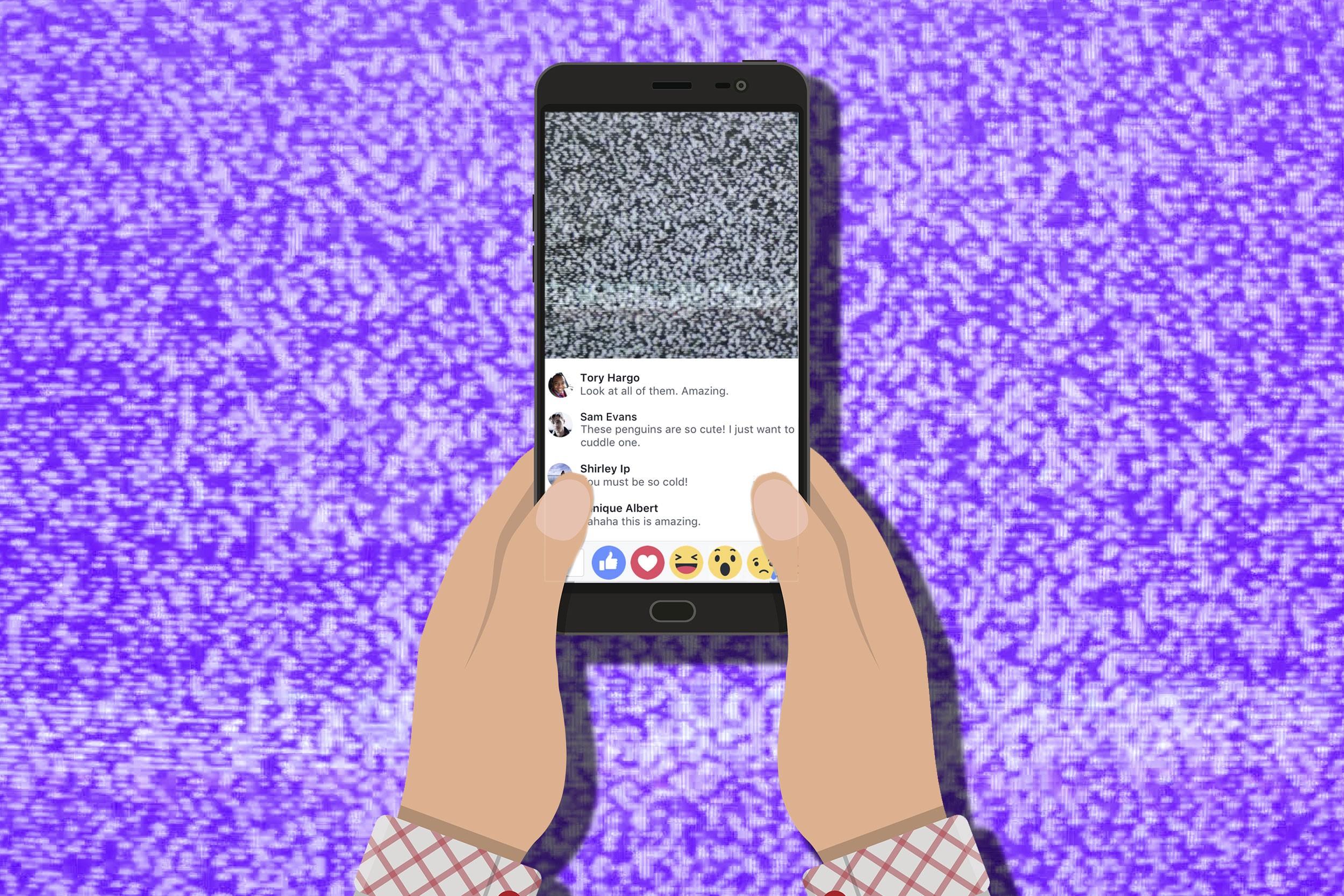
As Facebook employees welcomed guests to F8, the company’s annual developers conference, on Tuesday, police scoured at least five states for a man who had used Facebook Live to pledge his intentions to kill someone. Shortly after sharing his plan, he had uploaded violent footage showing the execution of 74-year-old grandfather Robert Godwin Sr. to Facebook. The video went viral.
Two days after Godwin’s death, Mark Zuckerberg delivered his F8 keynote. “We have a lot of work and we will keep doing all we can to prevent tragedies like this from happening,” Zuckerberg said. He then presented Facebook’s new augmented- and virtual-reality features.
Using a Facebook-created camera app to share experiences was the cornerstone of this year’s Facebook developers conference. That was striking partly because it was a bald, aggressive Snapchat dupe, but also because it threw the divide between Facebook’s glossy vision of its future and its tumult-inducing present into sharp relief. Executives pitched visions of cartoonish avatars frolicking in virtual reality as the Next Great Social Tool, but did not address how last year’s Next Great Social Tool had devolved into a transmitter of chaos. Facebook Live, to put it simply, is the easiest way to broadcast violence.
Last summer, I wrote about the gulf between what Facebook wanted Live to be — a breezy platform for sharable gags — and what it was. It is the sort of place where merry bloggers can explode a watermelon, but it is also the go-to destination to make sure as many people as possible see misdeeds.
Media outlets called Steve Stephens the “Facebook killer,” but he is one name on a growing list of people who have used the social network’s livestreaming service to make atrocity go viral. In Chicago, four people used Facebook Live to stream themselves torturing a mentally disabled man this past January; the same month, three men were arrested in Sweden after it was alleged that they raped a woman and streamed the attack on Facebook Live. In France, a person alleged to be a terrorist used Facebook Live to share the gory aftermath of a killing last summer. While the vast majority of Facebook’s livestreams are mundane and uneventful, the streams that capture deviant behavior tend to get amplified for the same reason people slow down on the highway when there’s a car wreck far more than they do when there’s a random spare tire on the shoulder of the road — rubbernecking is a human compulsion. Just like the 24–7 cable news channels Facebook is usurping, whether it means to or not, “If it bleeds, it leads” applies.
Facebook Live is one of many livestreaming services offered online. Twitter has Periscope, YouTube has its own Live, platforms like YouNow and Twitch offer streams targeted at teens and gamers. Instagram allows for livestreaming just as its rival, Snapchat, does. If someone wants to share an immediate feed, they are awash in potential channels, so Facebook is not alone in its need to reckon with the consequences of offering this capability.
Where Facebook Live stands apart, uniquely culpable and capable, is in its sheer scope. By integrating Live videos with the News Feed, Facebook enables streams to go viral and reach an incredibly large audience at an unprecedented scale.
Even when an act of violence is livestreamed on another service, it often winds up on Facebook, as the social network now functions as a catch-all media publishing feed. A 12-year-old streamed herself dying by suicide on a smaller platform called Live.me, but her act found its largest audience when someone ripped it to Facebook, and Facebook only took it down after it had been up for two weeks.
None of this is as simple as condemning Facebook Live, though. Some of these violent videos do have obvious social significance. The footage taken by Diamond Reynolds after her boyfriend Philando Castile was shot and killed by a police officer gave Reynolds a way to ask for accountability and document brutality. Just as Facebook Live is a conduit for sadism, it can be used as a channel for exposing the crimes of people in power. Being hard to watch and being important to watch are not mutually exclusive, and any attempt to siphon bloodiness out of Facebook Live would potentially stifle the exposure of state violence.

Facebook insists there will be a renewed attempt at moderation. After this most recent killing, Facebook quickly promised to review its “reporting flows” and said that it is “exploring” how to harness artificial intelligence to help prevent violent videos from being shared. These half measures are unlikely to curb the presence of violence on Live. By Zuckerberg’s own admission, Live is designed to be resistant to moderation. He bragged about the fundamentally untameable nature of the service as Live gained popularity in 2016. “Because it’s live, there is no way it can be curated,” he told BuzzFeed News, emphasizing how that produces “raw and visceral” content.
What Zuckerberg spun as a cutting-edge boon is the service’s dark heart. It seems as though Facebook took more care in shaping the message of how great “raw and visceral” content would be for its audience than it did in seriously considering whether or not making the posting of livestreaming video fundamentally barrier-free would provide a quick, easy route to broadcasting horror.
Perhaps Facebook decided that providing an essentially barrierless broadcasting system was worth it anyway. Whatever the company’s internal calculations looked like, what it is left with is the most powerful tool to transmit images to the masses — and these images include scenes of calamity, sadism, and suffering.